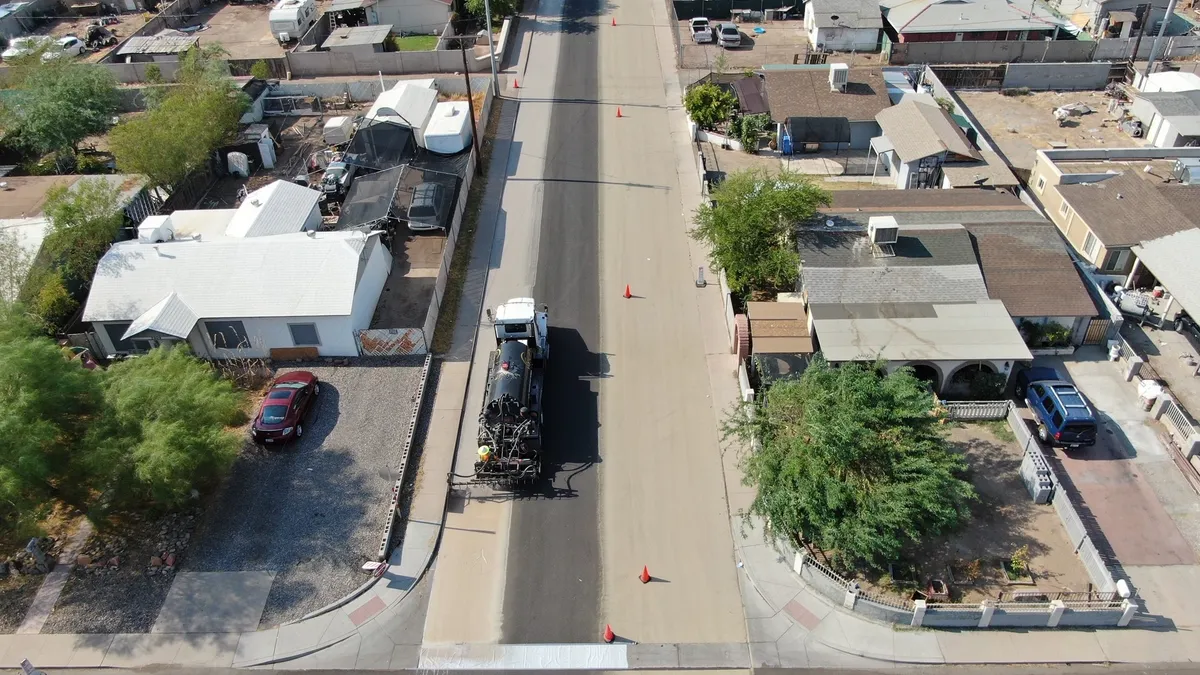Dive Brief:
- New York City has launched a public-facing, interactive map that shows progress on city projects that were promised as part of the neighborhood rezonings in East New York, East Harlem, Downtown Far Rockaway, Greater East Midtown, and Jerome Avenue in the Bronx.
- The map, NYC Zoning Commitments Tracker, breaks down projects into five categories: housing, open space, transportation and infrastructure, community resources and economic and workforce development.
- It is intended to provide transparency about project advancements, especially for residents who had voiced concerns about the various rezoning projects. It will be updated annually, at a minimum, per the city's requirement to report project progress each year.
Dive Insight:
Mayor Bill de Blasio's administration launched full steam ahead into several rezoning projects shortly after his election in 2014. All of these projects have been met with varying levels of pushback from those in the neighborhood. Preserving affordable housing and fears over resident and business displacements have been major sticking points for locals, who can sometimes be distrustful of major development projects.
The city multiple promises to ease residents' concerns about the projects, and the new map is a way to hold the city accountable for its obligations. Granted, if it does only update the map annually as stated instead of more frequently, there might be a lag in showing actual progress.
Other cities have been launching similar interactive maps to engage the public and illustrate how the government is serving the people. Nashville unveiled a new data map earlier this year, showing where government facilities are located and what services are available in each neighborhood. Further boosting transparency, Nashville made a concerted effort to devise a map that's easy for the average person to use. New York itself previously has released other data maps, like the tool showing users data on population, economics and housing.
The interactive maps are a good way for cities to prove they are using collected data and technology for the public good. That's an important goal in this era when technology rapidly evolves and residents have a love-hate relationship with it, often accompanying fears over privacy or being left behind in the digital divide.











